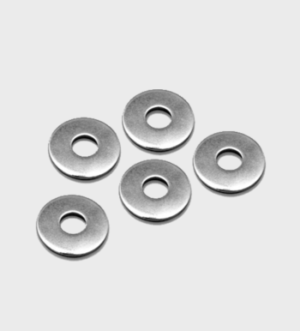
This alloy is suitable for welding because it has a carbon content lower than 301 to 303 series alloys to avoid carbide precipitation in welding applications. The addition of molybdenum and a slightly higher nickel content make 316 Stainless Steel suitable for architectural applications in severe settings, from polluted marine environments to areas with sub-zero temperatures. Equipment in the chemical, food, paper, mining, pharmaceutical and petroleum industries often includes 316 Stainless Steel.

